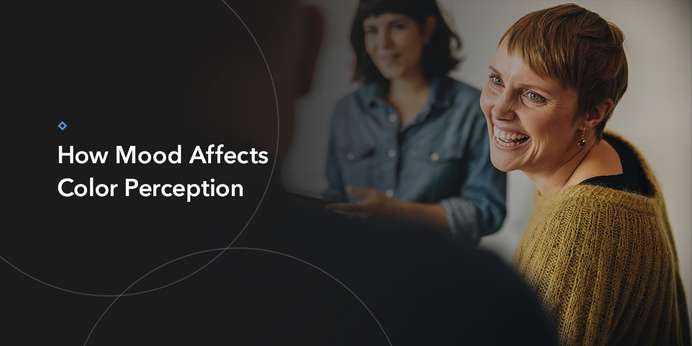Color Perception Basics
Human eyes have two types of sensory cells in the retina — rods and cones. The rods allow us to perceive changes in brightness, making them essential for night vision. They enable you to see clearly in the dark and light.
The cones are in charge of color perception. They come in three types — blue light cones that react to shorter wavelengths, green light cones that respond to medium wavelengths and red light cones that react to longer wavelengths.
When a surface reflects long waves, we see red. If a surface reflects medium waves, we see green. With short waves, we see blue.
However, besides reflecting colors, objects can absorb them. The colors we perceive often depend on the strength and proportion of the light absorbed by red, blue or green.
How Does Mood Affect Color Perception?
With our perception, our brains are wired to associate colors with specific emotions or feelings. Because of these associations, our moods can impact how we perceive a particular color. Some examples of colors that correlate with specific moods include:
- Red: Because red is the warmest and most dynamic color, it triggers opposing emotions that make us feel passionate or energized. If we're already feeling energetic when we view red, the tone might appear more enhanced than it is.
- Orange: While we often relate orange to happiness and vitality, it can make us feel friendly or enthusiastic.
- Yellow: If we're already feeling energetic or spontaneous, our perception of yellow may increase with intensity.
- Green: Green symbolizes health, new beginnings, nature and feeling refreshed.
- Blue: Seeing the color blue causes the brain to create calming chemicals.
- Purple: Purple is associated with creativity, mystery, wealth and royalty.
- Brown: Brown reflects a sense of stability and support while making you feel down to earth.
- Black: While black can evoke power, elegance and luxury, it can also mean mystery, neutrality or simplicity.



